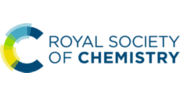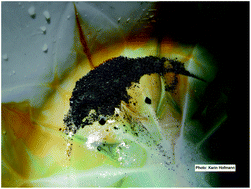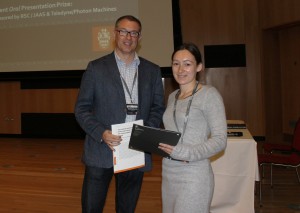
Beibei Chen et. al.
Week 20 is china! This week’s paper is from 2013’s Top 25 most read JAAS articles collection.
A team from China has proposed an integrated microfluidic chip consisting of reaction, mixing, and extraction units, designed and fabricated for on-chip magnetic solid phase extraction. Combined with HPLC-ICP-MS it was used for selenium speciation in selenium-enriched yeast cells.
This paper will be free to read until Nov 15th.
Speciation of selenium in cells by HPLC-ICP-MS after (on-chip) magnetic solid phase extraction
Beibei Chen, Bin Hu, Man He, Qian Huang, Yuan Zhang and Xing Zhang
J. Anal. At. Spectrom., 2013, 28, 334-343
DOI: 10.1039/C2JA30280B
Week 25 will be…silver













 We are delighted to announce that our latest Impact Factor* has risen to 3.4!
We are delighted to announce that our latest Impact Factor* has risen to 3.4!




